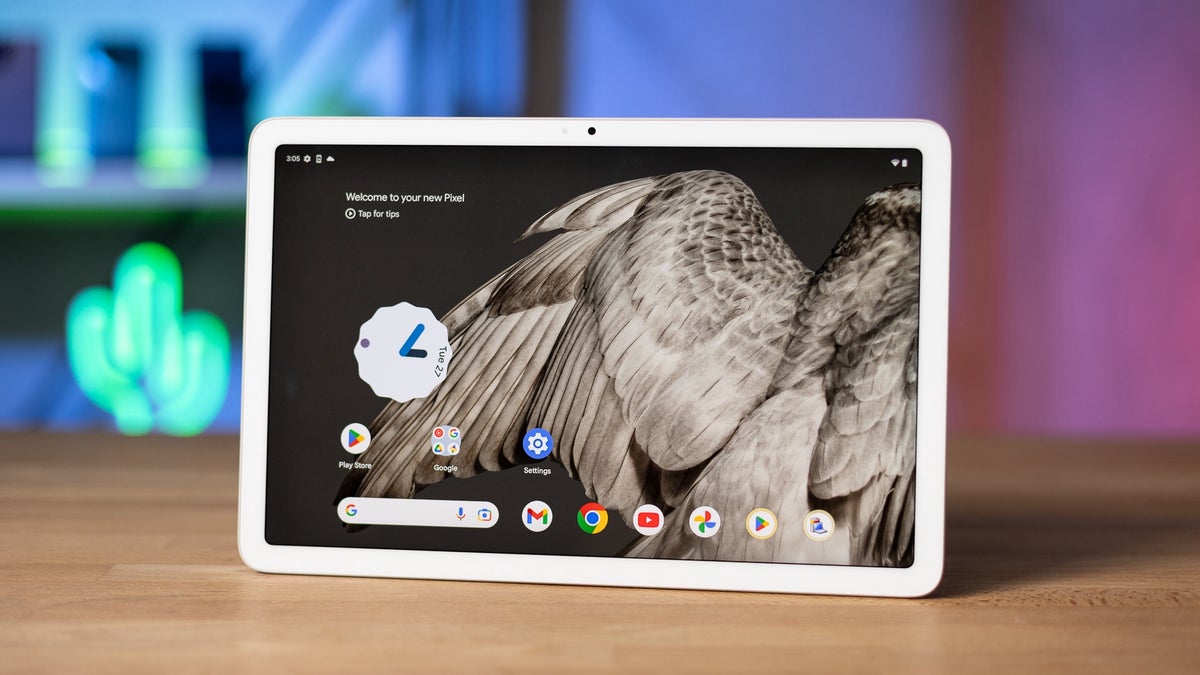
Why Update Your Android Tablet?
Updating your Android tablet is vital for several reasons:
- Security: Regular updates provide security patches that address vulnerabilities in the operating system, helping to protect your device from malware and other security threats.
- Performance: Updates often include bug fixes and performance enhancements, which can significantly improve the overall speed and responsiveness of your tablet.
- Compatibility: New updates ensure that your tablet remains compatible with the latest apps and features, preventing compatibility issues that might arise from outdated software.
- Data Protection: Updates can include improvements in data protection mechanisms, safeguarding your personal information and ensuring that your device remains secure.
Step-by-Step Guide to Updating Your Android Tablet
Step 1: Check for Updates
To begin the update process, you need to check if there are any updates available for your tablet. Here’s how you can do it:
- Open the Settings App: Locate the Settings app on your tablet and open it.
- Navigate to System Settings: In the Settings app, navigate to the "System" or "About Device" section. The exact location may vary depending on the version of Android your tablet is running.
- Check for System Update: Look for an option labeled "System Update," "Software Update," or something similar. Tap on this option to check if an update is available.
If there is a notification available, it means that an update is available for your tablet.
Step 2: Download and Install the Update
Once you've confirmed that an update is available, follow these steps to download and install it:
- Tap on Download and Install: If an update is available, you will see an option to "Download and Install." Tap on this button to initiate the update process.
- Wait for the Update to Download: The update will start downloading automatically. This process may take some time depending on the size of the update and your internet connection speed.
- Install the Update: Once the download is complete, the update will begin installing. This process may also take some time, so be patient and ensure that your device remains connected to a stable power source.
Step 3: Restart Your Tablet
After installing the update, it's crucial to restart your tablet to ensure that the update is correctly applied:
- Restart Your Tablet: Once the installation is complete, you will be prompted to restart your tablet. Tap on "Restart" or "Reboot" to complete the process.
Additional Tips for a Smooth Update Process
While updating your Android tablet is relatively straightforward, there are some additional tips that can help ensure a smooth process:
- Connect to Wi-Fi: Before starting the update, ensure that your tablet is connected to a stable Wi-Fi network. This will assist in ensuring a smooth download and installation of the update.
- Backup Your Data: It is highly recommended that you create a backup of your tablet’s data before updating it. This will safeguard your information in case any errors occur during the update procedure. You can back up your tablet files to a computer, cloud storage service, or an SD card.
- Clear Cache and Data: If you encounter issues with updating your tablet, try clearing the cache and data for the Google Play Services app. To do this:
- Navigate to the Settings app.
- Choose "Apps & notifications."
- Select "See all apps."
- Locate Google Play Services.
- Tap on "Storage."
- Select "Clear cache" and then "Clear data."
Enabling Automatic App Updates
Enabling automatic updates on your Android tablet means that your device will regularly check for updates and install them. This feature keeps both your apps and operating system up to date, ensuring the security of your device and enhancing its performance.
Here’s how you can enable automatic updates:
- Open the Google Play Store App: Locate the Google Play Store app on your tablet and open it.
- Tap on the Hamburger Menu: In the top left corner of the Google Play Store app, tap on the three horizontal lines (Hamburger menu).
- Select Settings: From the menu, select “Settings.”
- Choose Auto-update apps: In the settings menu, choose “Auto-update apps.”
- Select Update Option: Select one of the following options:
- Auto-update apps over any network (for updating apps over both Wi-Fi and cellular networks)
- Auto-update apps over Wi-Fi (to save data by only updating apps when connected to Wi-Fi)
After selecting the option, tap OK to save your changes.
Forcing an Update
If you encounter issues with updating your tablet automatically, there are a few methods to force an update:
Check for Manual Update Option
- On some devices, you might find a manual update option in the Settings app. Look for something like “Download Updates Manually” or “Software Update.”
- Tap on this option and follow the instructions to download and install the update.
Use Smart Switch for Samsung Devices
- If you have a Samsung device, you can use Smart Switch to manually update your tablet.
- Launch Smart Switch on your computer.
- Connect your Samsung device to your computer using a cable.
- Let Smart Switch detect your device status and check for updates.
- Click update when it shows the new Android version information and wait for the process.
Use DroidKit for Samsung Devices
- If Smart Switch fails or you prefer a third-party tool, you can use DroidKit.
- Download and launch DroidKit.
- Click System Reinstall.
- Connect your Samsung device with DroidKit using a cable.
- Download the Firmware for your Samsung phone.
- Follow the instructions to install the latest Android version.
Updating your Android tablet is a straightforward process that ensures your device remains secure, performs optimally, and stays compatible with the latest features. By following these steps and additional tips, you can keep your tablet up to date without encountering any major issues. Always back up your data before updating and consider enabling automatic app updates for seamless maintenance of your device's security and performance.
